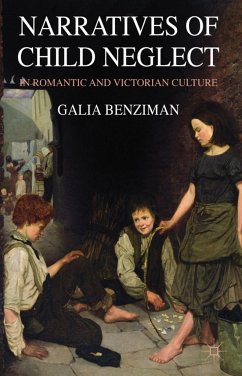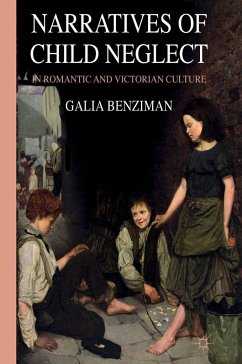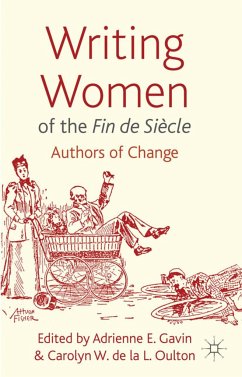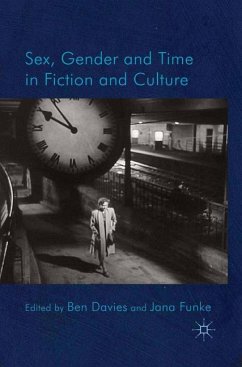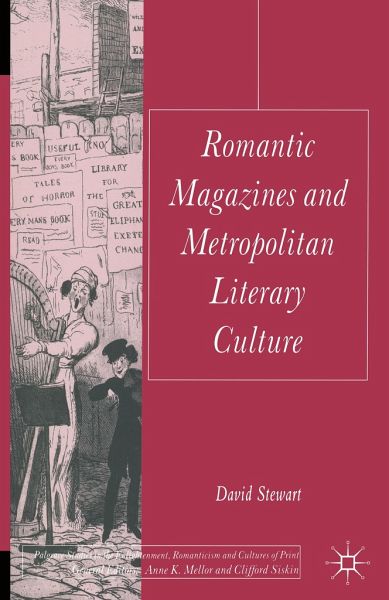
Romantic Magazines and Metropolitan Literary Culture
Versandkostenfrei!
Versandfertig in 6-10 Tagen
38,99 €
inkl. MwSt.

PAYBACK Punkte
19 °P sammeln!
The decade after 1815 was a period of cultural instability, in which literature was redefined in response to a mass readership. Magazines were a product of and response to a culture that was metropolitan in size and heterogeneity. This book analyses a literary genre that made creative use of a cultural confusion which elsewhere provoked anxiety.





